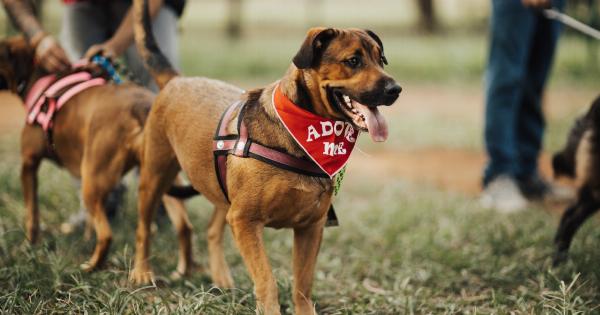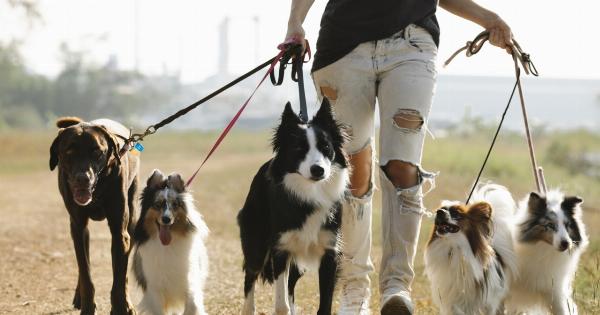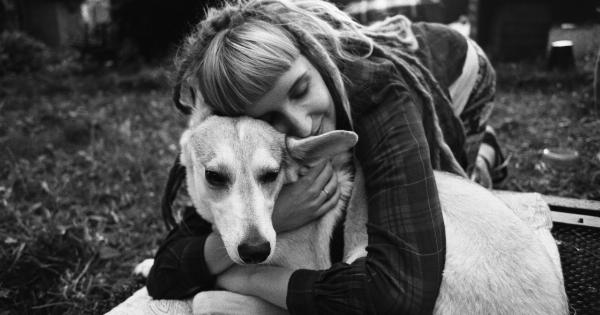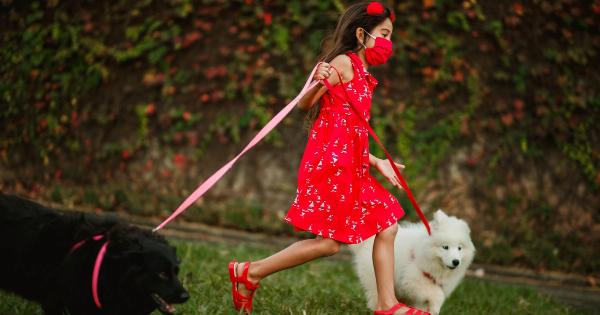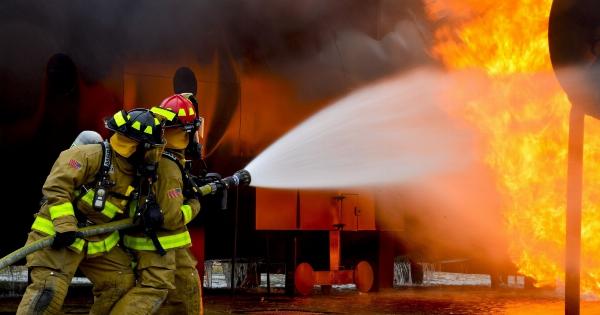Deciding whether or not to use a dog cage is a common dilemma for pet owners. While some may see it as a form of confinement, others view it as a useful tool for training and providing a safe space for their furry friends.
In this article, we will explore the pros and cons of using a dog cage, along with some tips on how to make it a positive experience for both you and your dog.
The Benefits of Using a Dog Cage
Using a dog cage, also known as a crate, can have several advantages for both the owner and the dog. Here are some of the key benefits:.
1. Safety and Security
A dog cage provides a safe and secure environment for your furry companion when you are unable to supervise them.
It can prevent them from getting into potential dangers around the house, such as chewing on electrical cords or ingesting toxic substances. Additionally, it can protect them from injuring themselves or others, especially in situations where they may be anxious or fearful.
2. Aid in House Training
A dog cage can be a valuable tool when it comes to house training your pup. Dogs instinctively avoid soiling their sleeping area, so a properly sized cage can help them develop bladder and bowel control.
By confining them to the cage when you cannot actively monitor them, you can prevent accidents and encourage them to hold their bladder until they are taken outside for their designated bathroom breaks.
3. Prevent Destructive Behavior
Dogs, especially puppies, may engage in destructive behaviors such as excessive chewing or digging when left unsupervised. By using a dog cage, you can limit their access to certain areas of your home and provide them with their own designated space.
This can help prevent them from causing damage to furniture, belongings, or even themselves.
4. Traveling and Vet Visits
A dog cage can make traveling with your pet much easier and safer. Whether you are going on a road trip or flying, having a familiar space where your dog feels comfortable can reduce anxiety and stress.
Additionally, a dog cage can facilitate vet visits by keeping your dog contained and calm in a potentially unfamiliar and busy environment.
5. Injury or Illness Recovery
In cases where your dog needs to recover from an injury or illness, a dog cage can be beneficial. It provides a quiet and secure space where they can rest and heal without being disturbed.
Additionally, it can prevent them from aggravating their condition by limiting their movements.
The Drawbacks of Using a Dog Cage
While there are many benefits to using a dog cage, it is essential to acknowledge the potential drawbacks as well:.
1. Feeling of Confinement
Some dogs may feel restricted or uncomfortable when confined to a cage, especially if they have not been properly introduced to it.
It is crucial to gradually introduce your dog to the cage and make it a positive experience by associating it with treats, toys, and praise.
2. Lack of Exercise and Social Interaction
If your dog spends extended periods in a dog cage, it can limit their opportunities for exercise and social interaction. Dogs are naturally active creatures that require regular physical activity and mental stimulation.
It is important to ensure that your dog receives plenty of exercise and socialization outside of the cage.
3. Potential for Misuse
A dog cage should never be used as a form of punishment or a means to keep your dog confined for excessively long periods. It is essential to use it responsibly and consider your dog’s well-being at all times.
Using a crate as a punishment may create negative associations and anxiety towards it, causing more harm than good.
4. Size and Comfort
It is crucial to select an appropriately sized cage for your dog. If the cage is too small, it can be uncomfortable and restrict their movements. On the other hand, if the cage is too large, it may not provide the desired sense of security for your dog.
The right size will ensure that your dog can stand up, lie down, and turn around comfortably.
Tips for Successfully Using a Dog Cage
If you decide to use a dog cage, here are some tips to ensure a positive experience for both you and your furry friend:.
1. Introduce the Cage Gradually
Introduce your dog to the cage gradually, allowing them to explore it at their own pace. Make it a positive experience by placing treats or toys inside and praising them when they go near or inside the cage. Avoid forcing or rushing the process.
2. Make the Cage a Comfortable Space
Add a comfortable bed or blanket to the cage to make it inviting for your dog. You can also include some of their favorite toys or a chew bone to keep them entertained.
Ensure that the cage is placed in a quiet area of your home, away from excessive noise or disturbances.
3. Use the Cage as a Positive Reinforcement
Instead of using the cage as a form of punishment, use it as a positive reinforcement tool. Feed your dog inside the cage and give them treats when they enter voluntarily.
This will help create positive associations and make the cage an enjoyable and safe space for your dog.
4. Gradually Increase Cage Time
Start by confining your dog to the cage for short periods, gradually increasing the duration as they become more comfortable. Initially, you can stay nearby to reassure them, and then gradually increase the distance and time spent apart.
This will help prevent separation anxiety and make the process easier for your dog.
5. Supplement with Adequate Exercise and Mental Stimulation
A dog cage should never replace regular exercise and mental stimulation. Ensure that your dog receives plenty of opportunities for physical activity, such as daily walks and playtime.
Engage them in interactive games and provide them with puzzle toys to keep their minds stimulated.
Conclusion
Using a dog cage can be a beneficial tool for both you and your furry friend, but it is essential to use it responsibly and with your dog’s well-being in mind.
The key is to introduce the cage gradually, make it a positive experience, and provide your dog with plenty of exercise and mental stimulation outside of the cage. When used correctly, a dog cage can provide safety, aid in house training, prevent destructive behavior, and facilitate travel or recovery from injuries.
Ultimately, the decision to use a dog cage should be based on your dog’s individual needs and preferences.



